Time is ticking for companies to align with the Corporate Sustainability Reporting Directive (CSRD). Starting back in January 2023, the regulations will revolutionise how businesses report on sustainability, weaving it into the very core of corporate reporting.
According to Greenomy, With deadlines for large EU companies looming in 2025 and obligations extending to SMEs by 2027, being prepared is crucial. This piece provides key insights on structuring your report to not only meet these deadlines but also enhance your business’s transparency, accountability, and sustainability focus.
The CSRD marks a pivotal change in corporate reporting by merging financial details with sustainability initiatives into a cohesive report. This approach offers a holistic view of a company’s operations, highlighting the interplay between economic performance and environmental stewardship. Adopting this integrated view allows companies to present a more comprehensive and precise depiction of their overall health and the impact on stakeholders.
The European Sustainability Reporting Standards (ESRS) provide a detailed framework to structure your CSRD report, which includes four main sections:
- General Information: Provides foundational context about your operations.
- Environmental Matters: Highlights your environmental impact and mitigation efforts.
- Social Matters: Discusses impacts on your workforce, value chain, communities, and consumers.
- Governance Matters: Details organisational governance structures and policies.
These sections are supplemented by additional disclosures from sector-specific and entity-specific ESRS, which will be finalised in 2026.
Navigating the complexities of CSRD reporting requires a strategic approach, beginning with a robust data collection plan. Employing digital tools is essential, as these facilitate the streamlining of the reporting process. This technological leverage is vital in avoiding common pitfalls and ensuring your reports are both comprehensive and compliant.
CSRD reporting necessitates a transparent and methodical strategy particularly due to the complexities involved. Utilising digital tools enhances transparency and accountability, aiding in every step of the process from data collection to final submission. This not only clarifies reporting procedures but also ensures traceability of the information provided, serving as a vital reference through the compliance journey.
Leadership engagement is key to promoting a sustainable corporate culture. The combined expertise of sustainability professionals and advanced digital tools can help circumvent common reporting errors, fostering an organisational focus on long-term environmental and social objectives.
Efficient data management is critical for effective CSRD reporting. Automated systems and cloud-based platforms enable the handling of extensive data sets, such as energy consumption and supply chain emissions. This digital-first strategy not only simplifies compliance but also strengthens stakeholder confidence in the sustainability data provided.
Reporting under CSRD can be fraught with challenges, including the arduous task of managing overlapping reporting requirements and frequent regulatory updates. Moreover, assembling the necessary data—which can exceed 1,200 indicators—is a formidable task, highlighting the importance of robust data systems and thorough team training to ensure clear and reliable reporting.
Read the full post here.
Keep up with all the latest FinTech news here.
Copyright © 2024 FinTech Global


